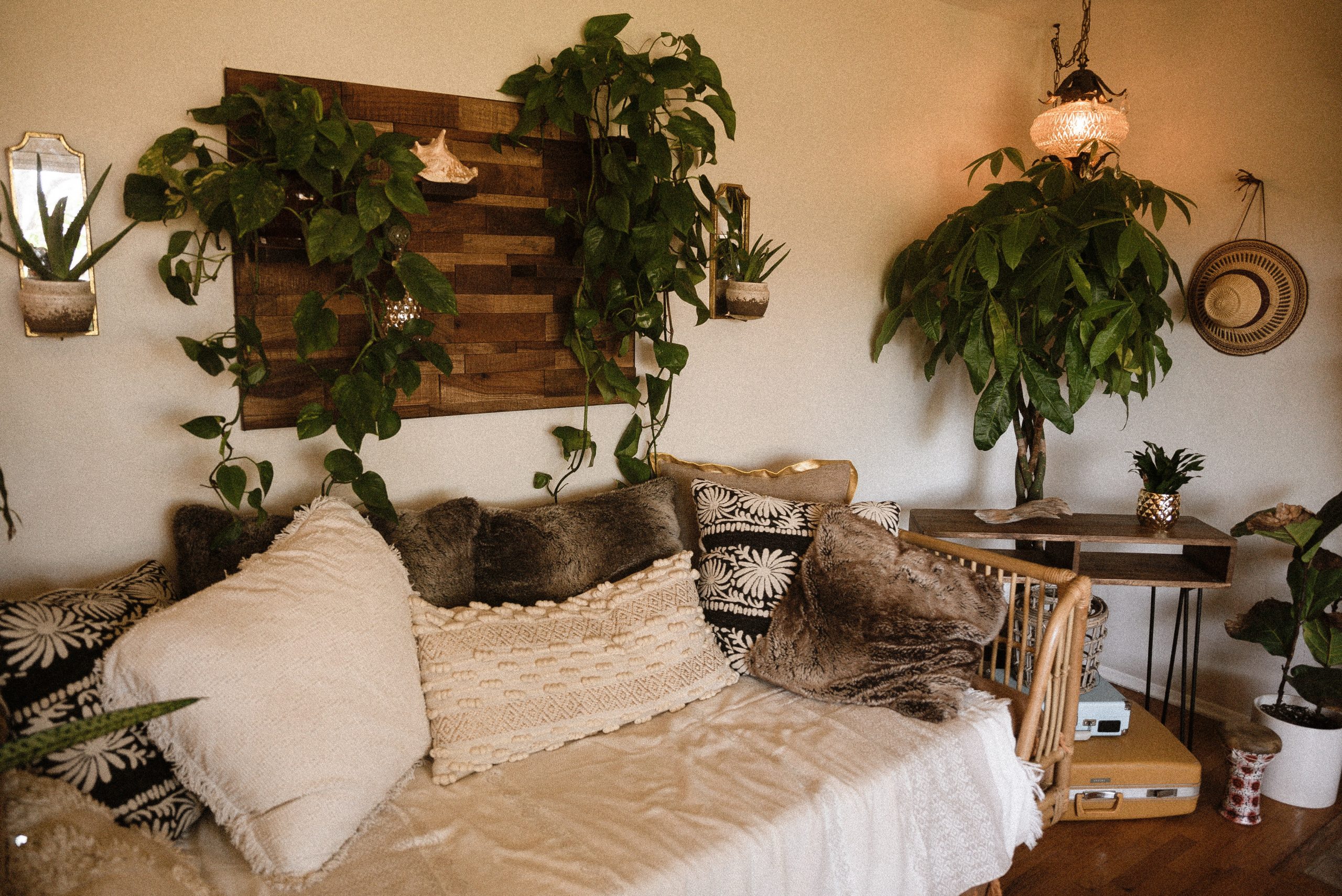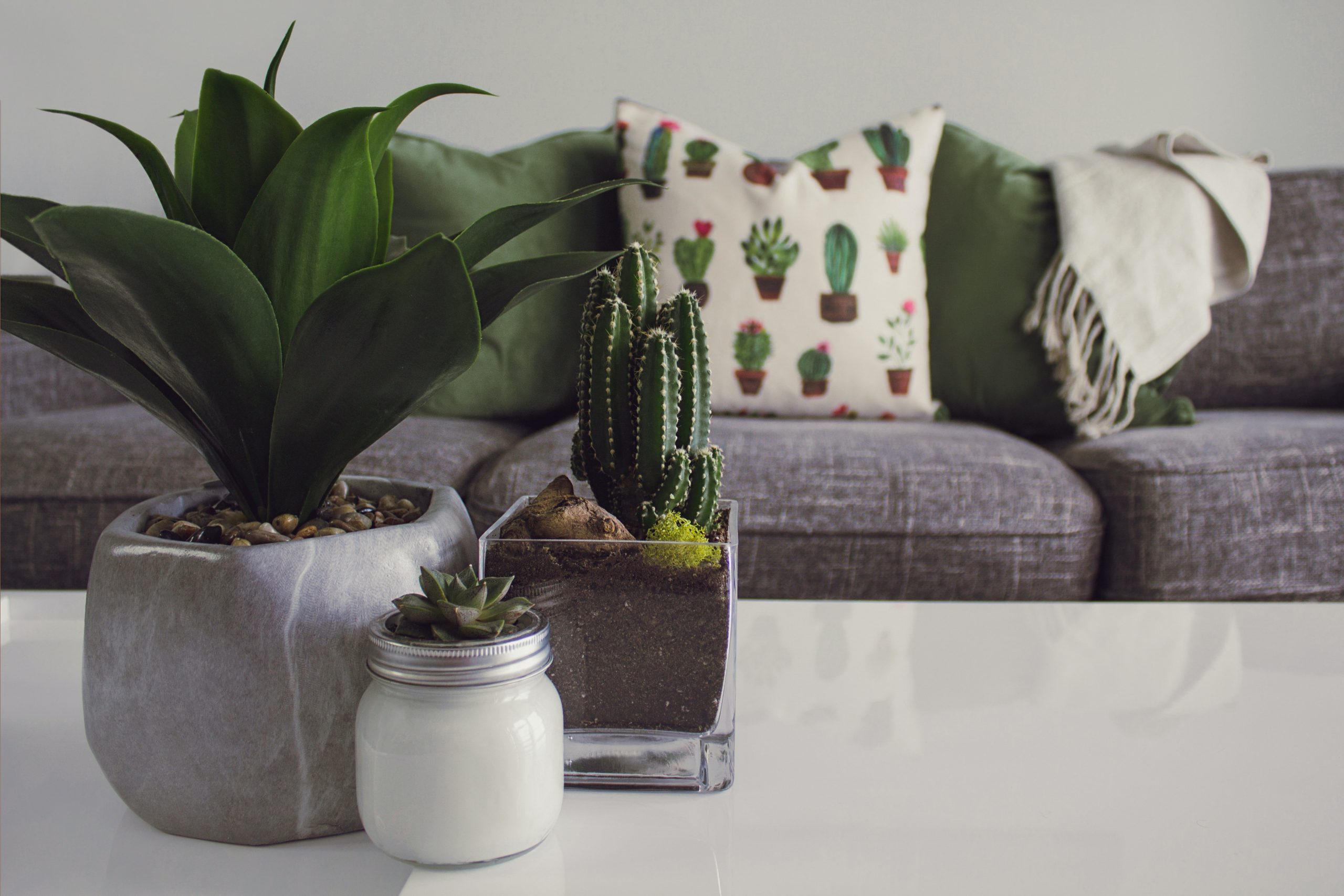Plants for inside use are very versatile. You can grow them, store them, and keep them alive year-round using a wide variety of containers. Most come in well-draining and water-conserving forms to make them easy to maintain and grow in as well. Some can actually be used year-round, even in areas with the most extreme weather conditions, provided they’re well-cared for.
The best indoor plants for inside use are well-moisturized and kept in areas where the humidity meets or exceeds 60% week-to-week. They should be well-cared for. Most are drought-tolerant, so they don’t go completely dry. In humid areas, the leaves get droopy, brown, and brittle, which makes them more susceptible to breaking or snapping. Some varieties may start to appear pale, green, or even brown if they are over-watered. These are the ones you should keep in mind when selecting which plants for inside use are pet-friendly and well-draining.
Pothos is another good option for use as plants for inside use. Pothos is a great choice because they don’t require a large amount of water or space to grow. They’re also very drought-tolerant. Some varieties of pothos, such as double-hanging, double-fluting, or well-draining single-fluting, are also ideal for use as a ground cover because they have lots of color variation and are attractive even in the shade.

Night-scented plants
Night-scented plants are also best as indoor plants for inside use. These include kale, orchids, jicama, mare’s tail, reeds, rock cactus, sedum, and spirea. All of these are known for their night-blooming habit, making them wonderful additions to any decor. Some of these, such as night-scented jicama and sodium, are especially popular because of their fragrances. Some night-scented plants, such as kale, are also well-known for their fierceness during the night.
Low-light plants
Low-light plants, which include orchids, hostas, annuities, cosmos, freesias, hibiscus, Linum, and passion fruit, are best suited for window treatments that have low light requirements. Some of these are better for providing bright indirect lighting. You can find low-light plants that are pet-friendly such as some forms of hostas and passion fruit. Some of these plants, like the pet-safe costs, also have strong fragrance components. If your bedroom is big enough to accommodate a few low-light plants, then you can use them for creating more of a natural feel in your bedroom.
Low-maintenance plants
Some of the best low-maintenance plants for indoor use include those that don’t require a lot of watering and care. These are plants that are ideal for providing bright, indirect lighting, which is best for those wanting to sleep in on cool afternoons, as well as those who want to read before retiring at night. You can find low-light plants for indoor use that are perfect for adding drama to room accents, such as wrought iron bedspreads and pillows. These are plants that are most suited for those who prefer natural, non-chemical-based home decor, and they are also plants that are best used for providing the benefits of good air circulation.

Most of the time, you need to water your low-light plants very minimally, because they are naturally very drought resistant. It’s best to make sure that you keep your indoor plants completely dry before using them on your windowsills, on hot surfaces, or on furniture. Since these plants are naturally very drought-tolerant, it’s best that you give them regular, daily water, especially when they are very tall or when their leaves begin to wilt. If you do mist these plants with water, you should only do so if you are certain that the water is completely dry by the time you put it on the plants. If you do mist these plants, you should remove any standing water quickly, because it may result in damage to the roots.
So
You can use this information to figure out which kinds of plants for inside use are the best for conserving water. If you want your indoor plants to be well-drained but you don’t mind giving up some of the aesthetic appeals of pothos, then you will probably do well by keeping pothos indoors.
